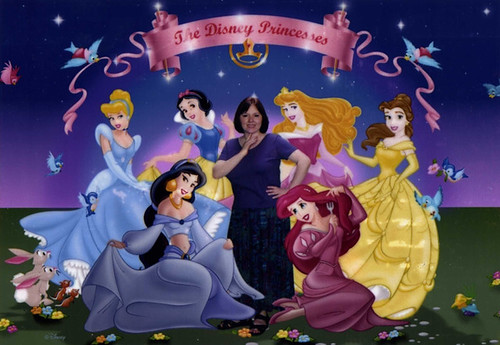Idol, inspiration, motivation—these words are deeply ingrained in childhood. When asked about their future aspirations, young girls often look to Disney princesses as role models. Disney’s fairy tale world is filled with magnificent female leads who embody beauty, kindness, and self-sacrifice. However, many of these princesses lack ambition, a crucial point of contention in modern feminist discourse.
The Disney Princess Legacy: A Journey of Goodness and Sacrifice
The Disney princess empire began in 1937 with Snow White, followed by Cinderella and Aurora (Sleeping Beauty). These early princesses were beloved for their goodness and selflessness but lacked agency. They were primarily defined by their relationships with princes and their passive roles in their own stories. This trend continued with The Little Mermaid in 1989, where Ariel sacrificed her voice in pursuit of love, reinforcing the narrative that a woman’s worth is tied to romance.
A shift occurred in 1992 with Aladdin’s Jasmine. She was a more independent character who aspired to something beyond marriage. Later, characters like Pocahontas, Mulan, Merida, and Elsa challenged traditional roles by prioritizing their missions over romantic fulfillment. However, despite their progressiveness, these characters still carried traces of outdated stereotypes.
The Hidden Gender Disparities in Disney Films
Research from Spain’s Granada University analyzed 621 cartoon characters from 163 animated series, revealing a concerning trend: female leads were often depicted as jealous, obsessed with beauty, and materialistic. Additionally, a study found that in Disney films between 1989 and 1999, male characters spoke three times more than their female counterparts. Specifically:
- The Little Mermaid: Male characters had 68% of the dialogue.
- Beauty and the Beast: 71%
- Aladdin: 90%
- Pocahontas: 76%
Such statistics highlight the persistent sidelining of female voices, even in stories centered around them.

The Princess Culture and Its Impact on Young Girls
The reinforcement of passive female roles in Disney films has a real-world impact. Young girls who idolize these characters may internalize the idea that women should play secondary roles in society. A study by Sarah Coyne at Brigham Young University revealed:
- Girls who engaged more with princess culture displayed more stereotypically feminine behaviors.
- Those with lower body image concerns were more likely to become immersed in the princess culture.
- The princess narrative did not contribute to leadership qualities in young girls.
These findings suggest that princess culture, rather than empowering girls, may confine them to traditional gender expectations.
Beyond Animation: Stereotypes in Society
This problem is not limited to cartoons; it permeates all forms of media and societal norms. Women are often expected to be nurturing, selfless, and visually appealing. Professions such as fashion design, teaching, and medicine are deemed more “appropriate” for women, while roles demanding assertiveness and authority are still viewed as male-dominated.
The issue extends to leadership and politics. Female leaders are often perceived as puppets controlled by male advisors, and women who break traditional roles are treated as anomalies rather than the norm. This reinforces the idea that women must go above and beyond to be taken seriously in positions of power.
Breaking the Mold: The Role of Women and Media
The change must begin with women refusing to accept privileges based on gender. True equality comes when women are recognized for their talent and integrity, not for fulfilling or defying gendered expectations. Animated media, including Disney, plays a crucial role in reshaping narratives for young audiences.
For Disney princesses to truly align with modern feminism, they must break free from outdated tropes, allowing female characters to lead their stories with ambition, intelligence, and agency—without being defined by their relationships or sacrifices.
Read in Bengali: ডিজনী প্রিন্সেস কেন আধুনিক নারীবাদের ক্ষেত্রে পিছিয়ে?
This post was created with our nice and easy submission form. Create your post!





One Comment